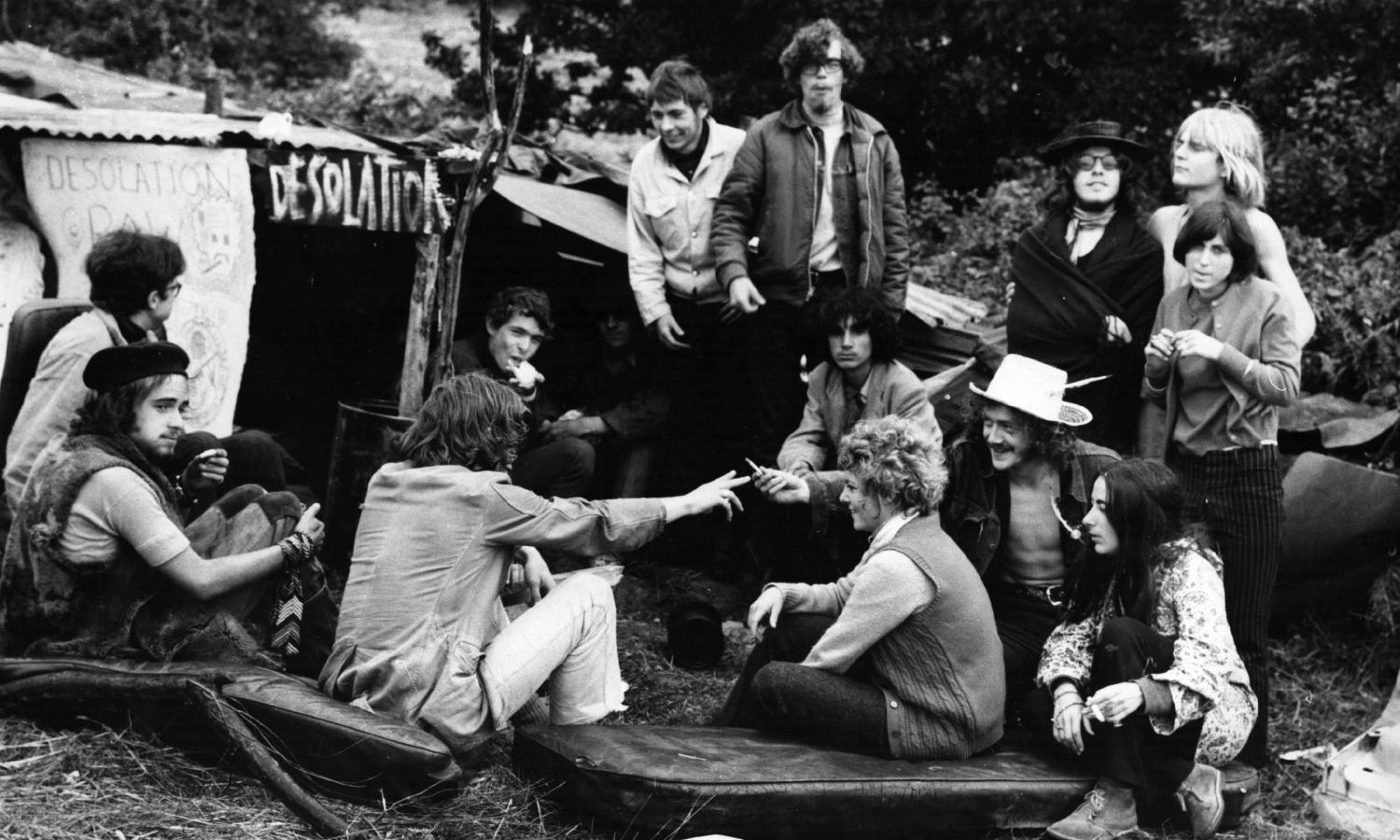Any time that someone compares today’s marijuana with that of the 1960s, you can know with absolute certainty that they are lying.
Disclaimer: The views expressed in this article solely belong to the author and do not necessarily represent those of The Fresh Toast.
One of the most successful themes in prohibitionist propaganda is the “New Potent Pot” line, which tells us that “marijuana stronger than it was back in the 60s, when everyone thought it was harmless.”
This “new potent pot” line is intended to negate the knowledge gained by experience and thereby eliminate this type of objection. It is said that the THC levels of marijuana today are (pick a number) times higher than in the past.
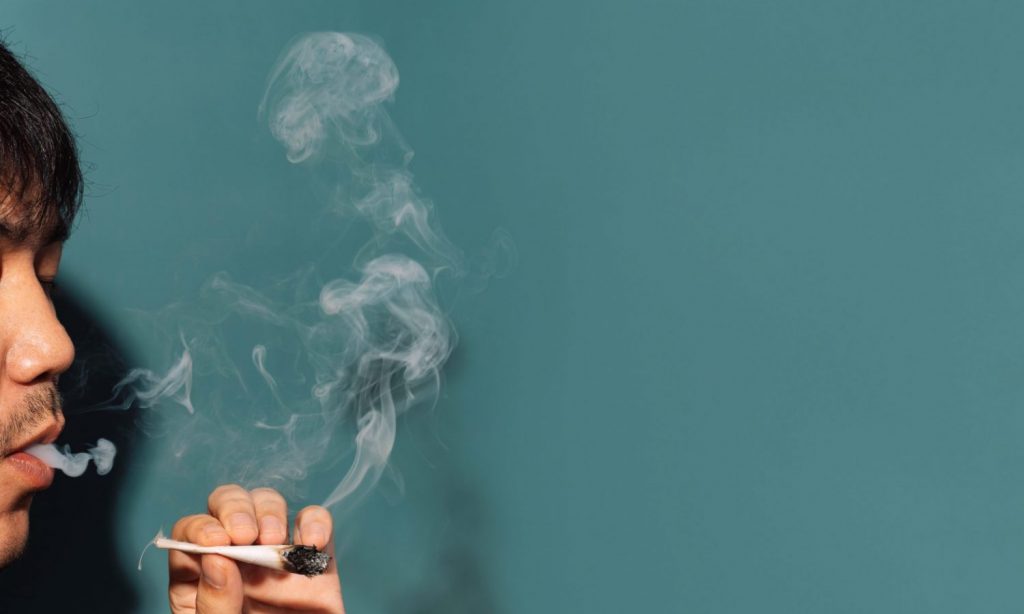
The notion that today’s marijuana that your children might smoke is qualitatively different from the marijuana in the past is obviously perfect for anxious parents who have been conditioned by decades of prohibitionist propaganda to feel guilty about their youthful “experimentation.” In this regard it is very successful.
That there is no data to back it up is not a problem, because, when the subject is marijuana, the usual purveyors of data — the media (right, left and center) — have been in the anti-fact business for decades. They have enshrined the “new potent pot” line as a basic part of “conventional wisdom.” Everyone knows…. Actually, it is what everyone does not know that is important.
There are several important points to be learned from looking at this particular bit of prohibitionist propaganda.
Data, data, who’s got the data?
Any time that someone compares today’s marijuana with that of the 1960s — or Woodstock, which is somehow still a common reference point — you can know with absolute certainty that they are lying. There is simply no data — no data — on marijuana potency from the 1960s, much less from any one concert. The first testing of marijuana for THC did not begin until the early 1970s.
Here it gets a little bit more complicated.
In 1972, the first year of official government testing for the THC level, a small sample of marijuana of unknown origin, but probably Mexican, averaged only 0.18% THC. This is below the level of industrial hemp, but this number is often used as the base for comparison to justify the high multiples.
SEE: Prohibition 2.0 Making a Mess of Marijuana Legalization. Just Get Out of the Way
If a visitor to the U.S. walked out of his hotel and met a homeless person dressed in rags, and insisted that this was the typical American, ignoring everyone else in sight, you would question the visitor’s judgement — or integrity. In effect, that is what prohibitionists are doing when they use this 1972 government number. It requires persistent dishonesty.
In their book Marijuana Myths, Marijuana Facts, Zimmer and Morgan devote a short chapter to the data on marijuana potency. I recommend this book for many reasons, but this chapter alone is worth the price of the book.
They point out that in 1973 a private company PharmChem tested four times as many samples as the government, and the average potency was 1.62%. Did marijuana increase in potency tenfold in one year?
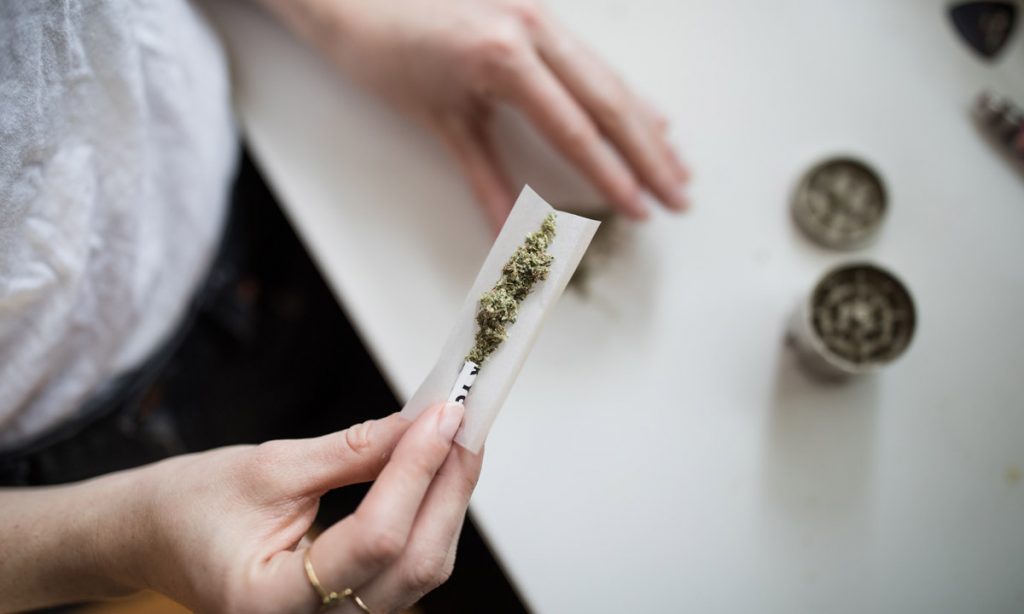
Also consider that one sample tested by PharmChem in 1975 was actually 14% THC, which was 20 times the average for the samples tested by the government that year.
Subsequently, private testing was prohibited, and for 20 years the only data has come from the government, but in 1980 the average potency from government testing was around 2% and generally varied between 2 and 3% for several years.
In short, there is no data from the 60s, and data from the 70s does not support the notion that there was only low THC marijuana available.
Public officials have the obligation to report the government’s own data honestly. They do not. It seems to be perfectly acceptable to lie to support the arrest of millions, including the sick and dying as part of the suppression of medical marijuana. A really bitter political satirist might come up with something like this scenario, but it would probably be rejected as too heavy-handed.
Even without access to the data there are other serious problems with the “new potent pot” line that should set off alarms for anyone capable of critical thought.
First, marijuana was contraband. There are no standards for contraband. In some countries beer may be said to be stronger than in other countries because there are laws regulating potency – alcohol content – but there can be no standards for contraband. This means that there would have to be large scale sampling, and even then it would be hard to know how typical the samples were of the total market.
And just how did marijuana come to change? Here is where it really gets perverse. Under prohibition there is an incentive to increase the potency of contraband by volume. More bang for the bulk. This is why prohibition encourages hard drugs over marijuana.
In other words, we are told that something that happened under prohibition, and which was encouraged by prohibition, somehow justifies prohibition.
But that was never the right question, in the first place. The proper question was “Did the average potency of marijuana on the market — or the THC content of the average marijuana being sold — increase?”
Again, as we have seen, the data do not support this. There was marijuana with at least 14% THC available in 1975. And even if there were data from the 60s, we still could not know this to be true, because we would not know how representative the samples were then — or are now.
Remember, we are talking about contraband.
SEE: We Must End Marijuana Prohibition For Economic Recovery in a Post Pandemic World
Also there is the matter of testing techniques on the individual samples. Were they manicured down to the bud, as is often the case with the very best? Or were there leaves and seeds and stems included in the total weight, which is often the case with commercial grades aimed at “less discriminating” buyers? In other words, the packaging and preparation of the extremes will accentuate the differences.
Actually, I’m confident that the best indoor sinsemilla today is better than the best from the 60s. I would like to think so. I am a technological optimist. Today’s best may have a THC content in the range of 25%, depending on the sampling and testing technique.
Of course, this is largely irrelevant, because, just as most people don’t drink 25 year-old Scotch, most people don’t smoke the most potent — and most expensive — marijuana. Price is not the only reason for this. Some people just like beer. Which brings us to the “beer” market.
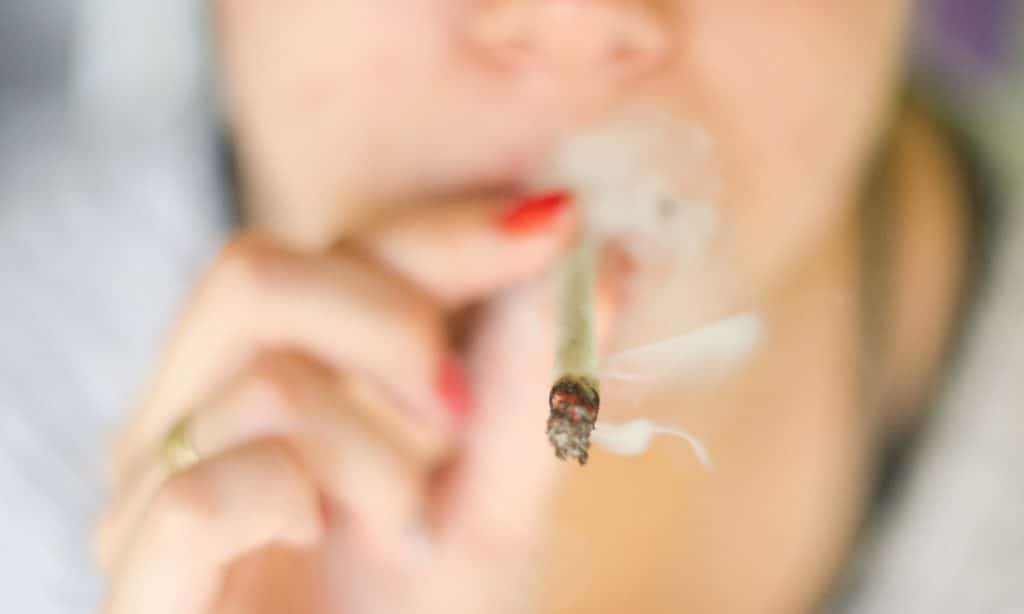
What about the children?
So, yes, there is some very strong marijuana available today, just as there was in the 1960s and 70s. Does this pose a threat to “children?”
Well, if more potent marijuana really were more dangerous — and it is not, more on that soon — it might be a threat to very rich children. The scourge of Beverly Hills.
The fact is that most kids are very unlikely to be able to afford the stronger strains of marijuana. Kids get the cheaper stuff, in part because they have limited budgets, and partly because there are not many young connoisseurs. Consequently, when prohibitionists mix lying about potency with concern about children, this has even less to do with the real world than is usually the case.
Learning from the Dutch
Also, all this speculation requires that we continue to ignore the Dutch experience. There has long been some very strong marijuana available in the Netherlands, along with much that is in the American range, but people do not automatically buy the strongest.
Experienced smokers do not always go for the “strongest” marijuana, just as people don’t drink pure grain alcohol. People find that there are strains that they like and stay with that.
One of the things that prohibitionists do not understand – or don’t want to understand – is that there are important differences in various marijuana strains other than THC levels. Again, consider that there are differences in various alcohol drinks other than alcohol content.
In some ways the differences in marijuana strains are chemically more important than the differences between beer and Bourbon. Alcohol is the only active ingredient in most alcohol drinks, but the different cannabinoids influence the quality of the marijuana high. This is one reason that many people find Marinol, the synthetic pharmaceutical version of THC to be unpleasant. In short, focusing solely on THC “potency” is misleading.
Of course, under prohibition it is very difficult to find consistent supplies, so this not only increases the emphasis on THC potency, it also makes it difficult to know the potency of any given supply.
The circumstance in which marijuana with higher levels of THC may pose a danger would be when someone does not know its potency and smokes more than necessary for the desired effect. While the onset of a high from smoking is fairly rapid, a person might take several puffs of 15% THC marijuana when they are accustomed to the same amount of 10% THC product. This can produce undesirable results. Fortunately, the effects are almost always transitory.
Stronger marijuana may actually be safer.
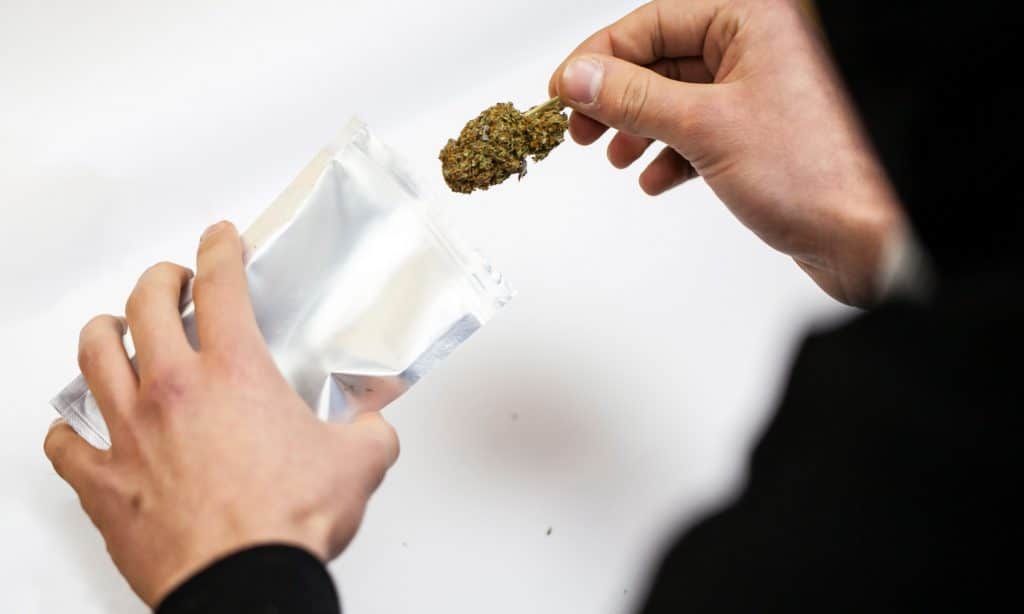
As Zimmer and Morgan point out in Marijuana Myths, Marijuana Facts, increased potency does not mean increased danger. In fact, just the opposite may be true.
Inasmuch as almost all smokers find being over-stoned unpleasant, people use only enough marijuana to achieve the desired effect. Insofar as the one clearly established risk in using marijuana comes from smoking, the less a person has to smoke to achieve a desired “high” the better. As noted, if there is the unexpected high from marijuana of unknown potency that may pose a risk to smokers, but this is a consequence of contraband and a lack of standards under marijuana prohibition, not something intrinsic to the plant.
The Political Uses of the “New Potent Pot” Argument
As observed, the primary value of this line is that it is used to negate the experience of those who smoked in the past. However, some of the prohibitionists have become more creative.
Hemp is really marijuana, after all.
SEE: We Know Too Much About Marijuana for It To Be Illegal
In one area it seemed as though this line could backfire on the prohibitionists. I have seen a number of articles about hemp in which either the journalist or hemp industry representative said that industrial hemp legally has only 0.30% THC, while marijuana has 10% to 15% THC. Well, how could anyone be concerned about hemp, if marijuana has 20 to 30 times more THC?
However, now the prohibitionists are still opposing hemp by saying that the marijuana smoked back in the 1960s and ‘70s had only 0.50% THC. In other words, the hippies were smoking hemp. Clever, eh?
But now more potent marijuana is claimed to be qualitatively different and causes violence and addiction. Imagine someone saying that the effects of whisky are qualitatively different from beer.
But of course, this is classic reefer madness. The problem here is that if it takes the “new potent pot” to cause “addiction” and violence, why were they saying the same thing sixty years ago? Prohibition causes long-term memory loss.
The “new potent pot” is worth a lot of money, and involves organized crime.
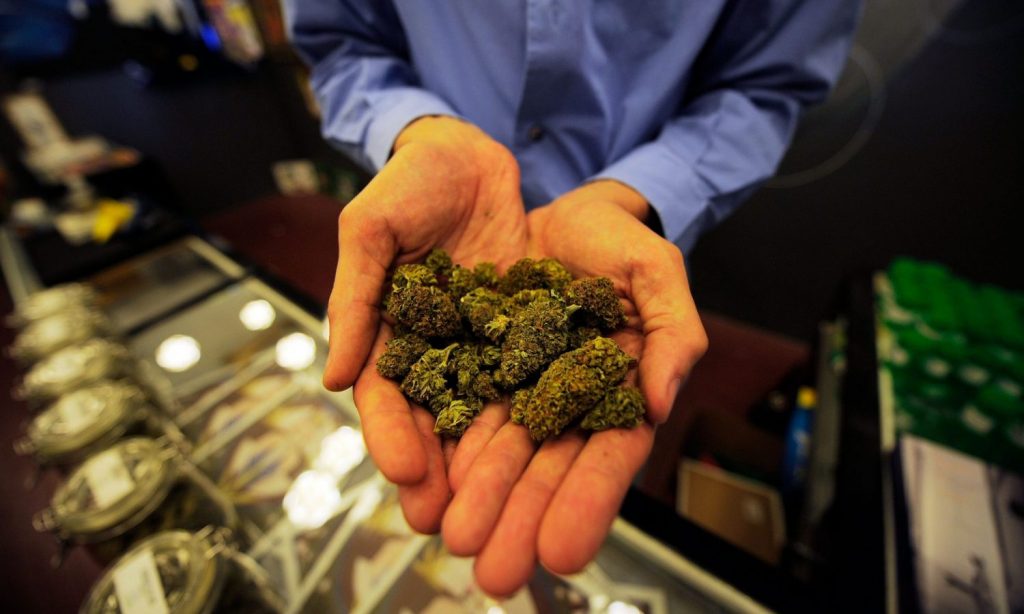
One of the oddest things about prohibitionism is that it treats making money in a capitalist society as an intrinsically evil thing. The business of America is business, but making money on marijuana is morally wrong, unlike making money on guns, gambling, booze, etc. Consequently, we are supposed to be outraged and alarmed when we are told that the “new potent pot” sells for thousands of dollars per pound in some markets. This makes it morally worse than ordinary marijuana. Of course, this leads to Organized Crime!
This is the classic case of prohibition, of course. The high prices and criminal activity are the result of the laws against marijuana, not of marijuana itself.
Many people may even understand this obvious point, and still be outraged by the high prices, or the size of the market, as though this were some sort of moral insight.
If this moralistic outrage were happening in a socialist country, it would at least be consistent with the dominant philosophy, but in America???
Conclusions: What will be the impact of legalization on potency, price, and safety?
- What will happen to average potency when marijuana is really legalized? It will be known. (We really do not know what the average potency of marijuana has been or may be. This is impossible under marijuana prohibition.)
- The average potency available to most users may increase, but there will be choice. This is impossible under marijuana prohibition.
- There will be less focus on THC potency and more on other qualities. There will be a recognition of qualitative differences in various strains, as is the case in Holland and legalized states today. This is impossible under marijuana prohibition.
- The highest prices will almost certainly fall substantially. This will decrease the incentive for maximizing THC potency, which is a characteristic of contraband markets. (Contraband risk premiums will be replaced with taxes and other costs, so the price of the average grade may not fall as much.) This is impossible under marijuana prohibition.
- The lowest grade will almost certainly disappear, which is good because of uncertain purity. This is impossible under marijuana prohibition.
- People will be able to find the safest and most satisfying way of using the plant. This is especially important in use for self-medication in sub-clinical conditions in which self-medication is the accepted norm in our society. This is impossible under marijuana prohibition.
- Regulations can be focused on maintaining quality and minimizing use by children. This is impossible under marijuana prohibition.
- Information will be credible and education believable. This is impossible under marijuana prohibition.
- The actual dangers in marijuana will be recognizable and can be more easily dealt with by both society and the individual. This is impossible under marijuana prohibition.
- People will be able to grow their own and have a personal relationship with their plants, gaining an insight into their relationship with Creation and the Creator. This is impossible under marijuana prohibition.
Richard Cowan is a former NORML National Director and author of The Economic Consequences of the Pandemic Meet the Drug War.

